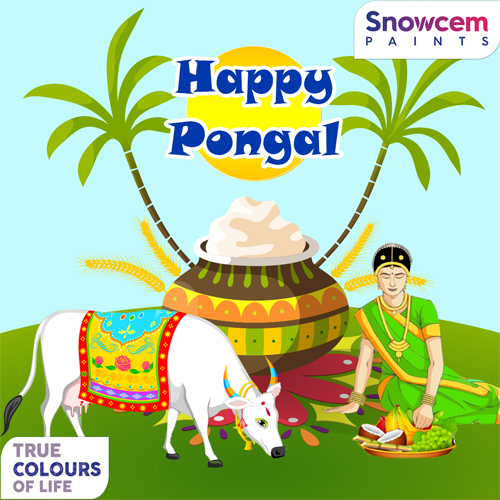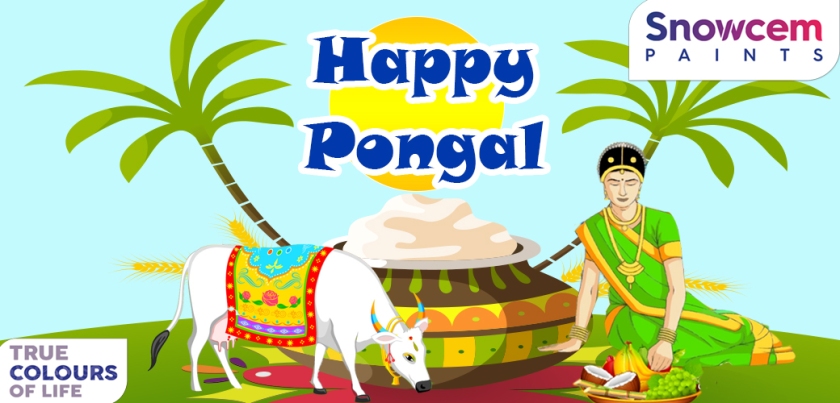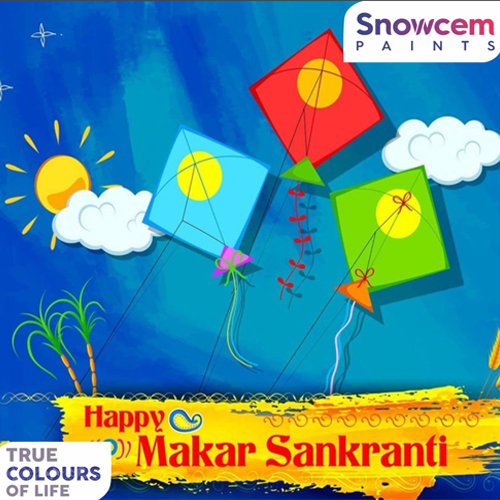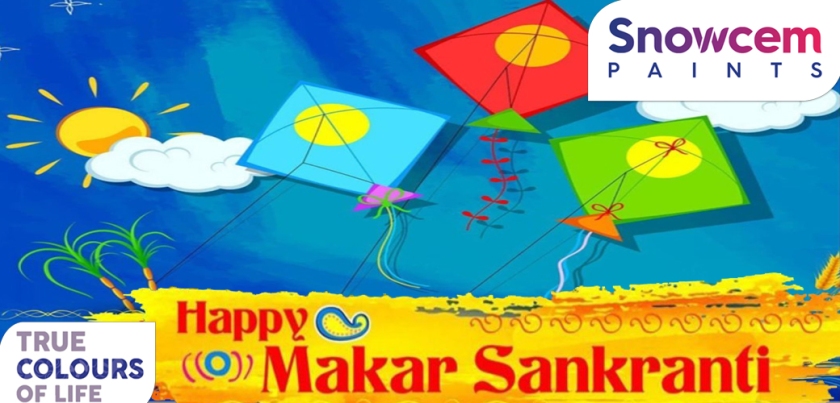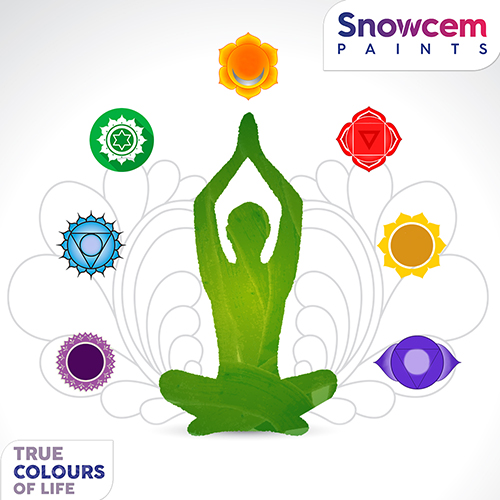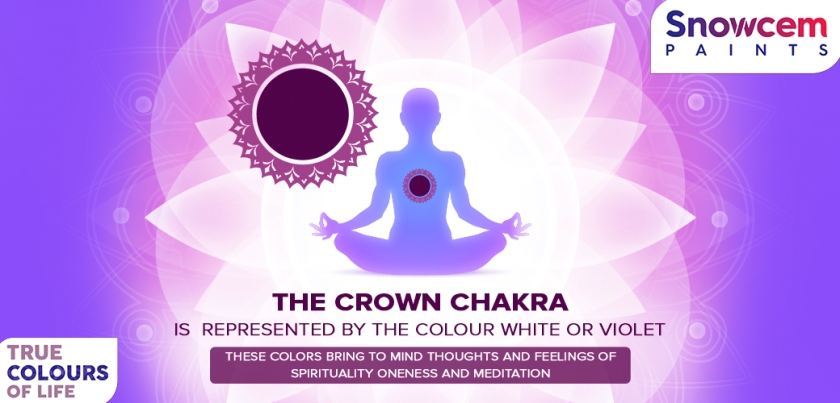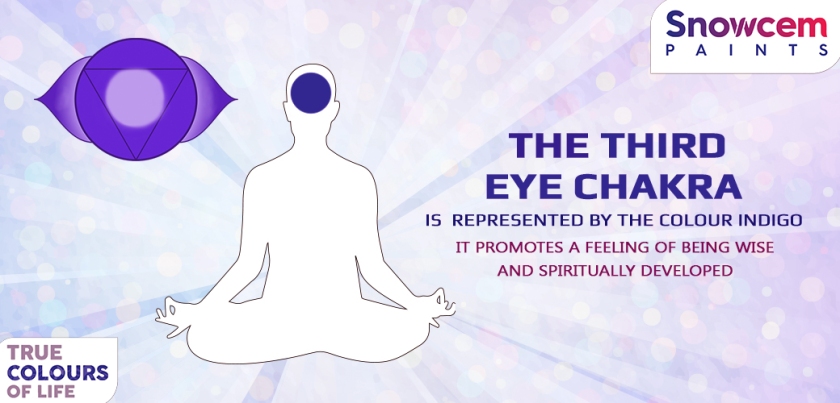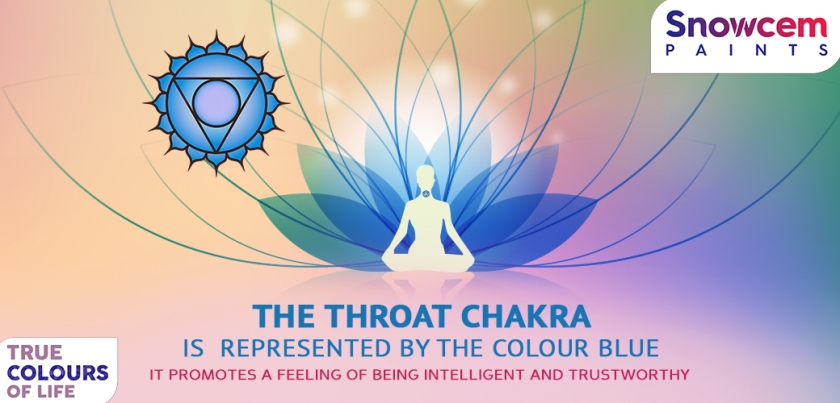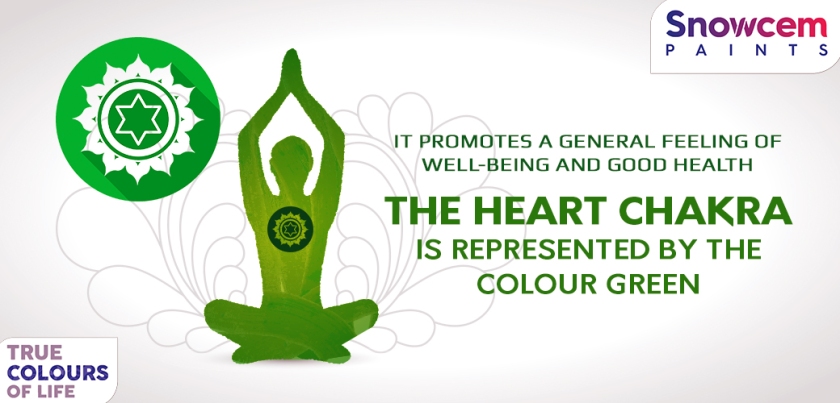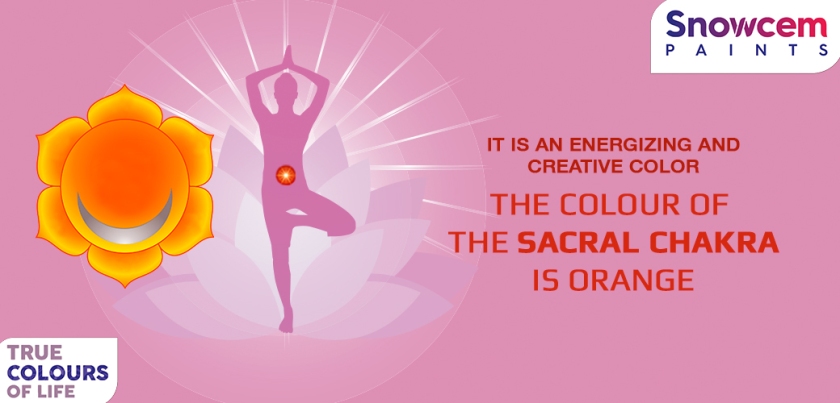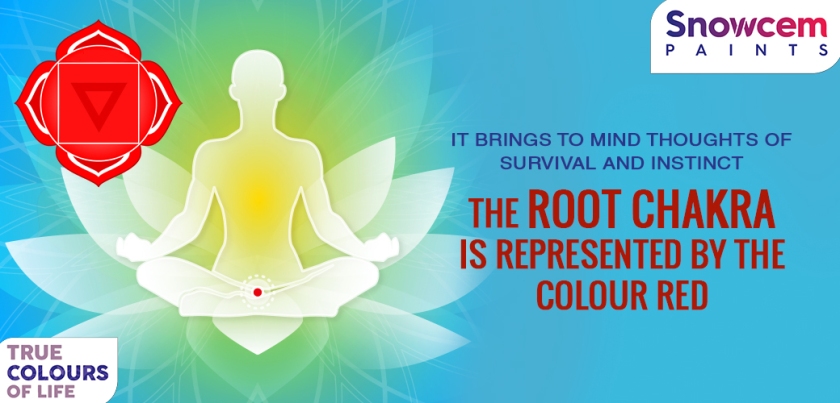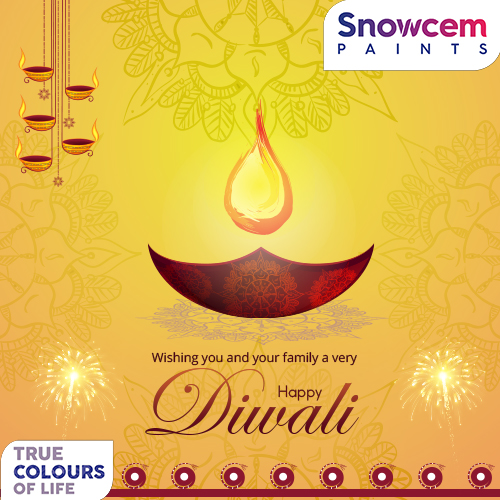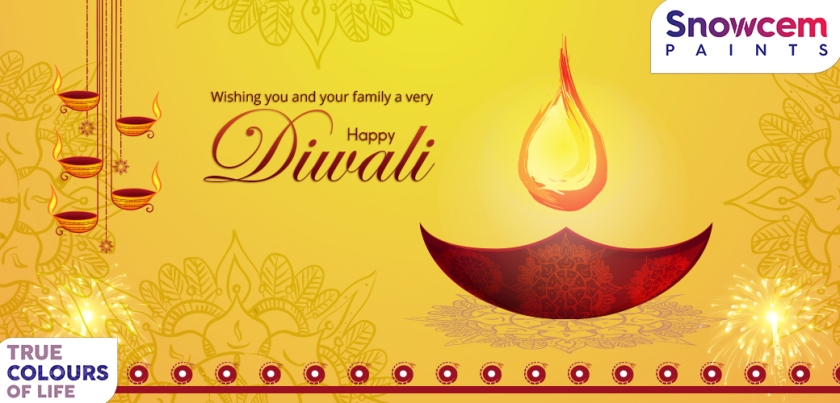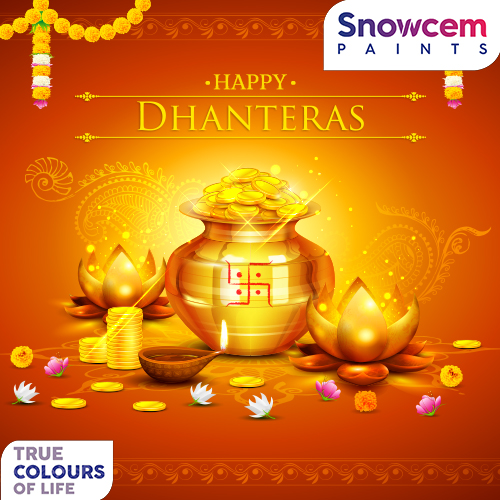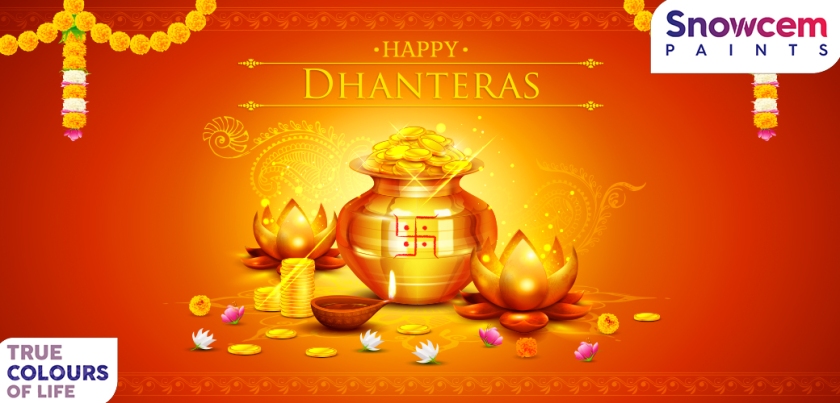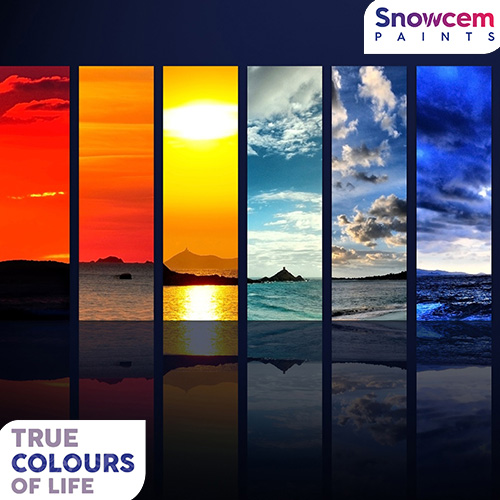Maha Shivaratri for the year 2018 is celebrated/ observed on Wednesday, February 13. Maha Shivaratri is a festival also known as Great Night of Shiva and Shivaratri celebrating the Lord Shiva.
Maha Shivaratri is a Hindu festival celebrated annually in honour of the god Shiva. There is a Shivaratri in every luni-solar month of the Hindu calendar, on the month’s 13th night/14th day, but once a year in late winter (February/March, or Phalguna) and before the arrival of spring, marks Maha Shivaratri which means “the Great Night of Shiva.”
It is a major festival in Hinduism, but one that is solemn and marks a remembrance of “overcoming darkness and ignorance” in life and the world. It is observed by remembering Shiva and chanting prayers, fasting, doing Yoga, and meditating on ethics and virtues such as self-restraint, honesty, no injury to others, forgiveness, and the discovery of Shiva. The ardent devotees keep awake all night. Others visit one of the Shiva temples or go on pilgrimage to Jyotirlingams. This is an ancient Hindu festival whose origin date is unknown.
The major Jyotirlinga Shiva temples of India, such as in Varanasi and Somnatha, are particularly frequented on Maha Shivaratri. They serve also as sites for fairs and special events.
The Isha Yoga Center near Coimbatore in Tamil Nadu is frequented during the festival. Around 600,000 to 800,000 devotees participate in the all-night festival conducted by Sadhguru, and visit the 112-foot Adiyogi Shiva statue at the center.
The Mandi fair is in the town of Mandi is particularly famous as a venue for Maha Shivaratri celebrations. It transforms the town as devotees pour in. It is believed that all gods and goddesses of the area, said to number more than 200, assemble here on the day of Maha Shivaratri. Mandi, located on the banks of Beas, is popularly known as the “Cathedral of Temples” and one of the oldest towns of Himachal Pradesh, with about 81 temples of different Gods and Goddesses on its periphery.
Maha Shivaratri is the most important festival in Kashmir Shaivism, found in north Himalayan region of the Indian subcontinent. It is celebrated as the anniversary of the marriage of Shiva and Parvati.
Central India has a large number of Shiva followers. The Mahakaleshwar Temple, Ujjain is one of the most venerated shrines consecrated to Shiva where a large congregation of devotees gathers to offer prayers on the day of Maha Shivaratri. Tilwara Ghat in the city of Jabalpur and the Math Temple in the village of Jeonara, Seoni are two other places where the festival is celebrated with much religious fervour.
In Gujarat mahashivratri mela is held at Junagadh where bathing in the Damodar Kunda is considered holy. According to myth Lord Shiva himself comes to bath in the Damodar Kunda.
Maha Shivaratri is celebrated widely in the temples all over Maharashtra, Andhra Pradesh, Karnataka, Kerala, Tamil Nadu and Telangana.
Lord Shiva is known to have swallowed poison, which he held in his throat that in turn turned him blue. Maha Shivratri is often linked to the colour blue. The colour blue symbolizes the vast sea and sky, and is associated with feelings such as depth, stability, wisdom, loyalty, truth, faith etc.
